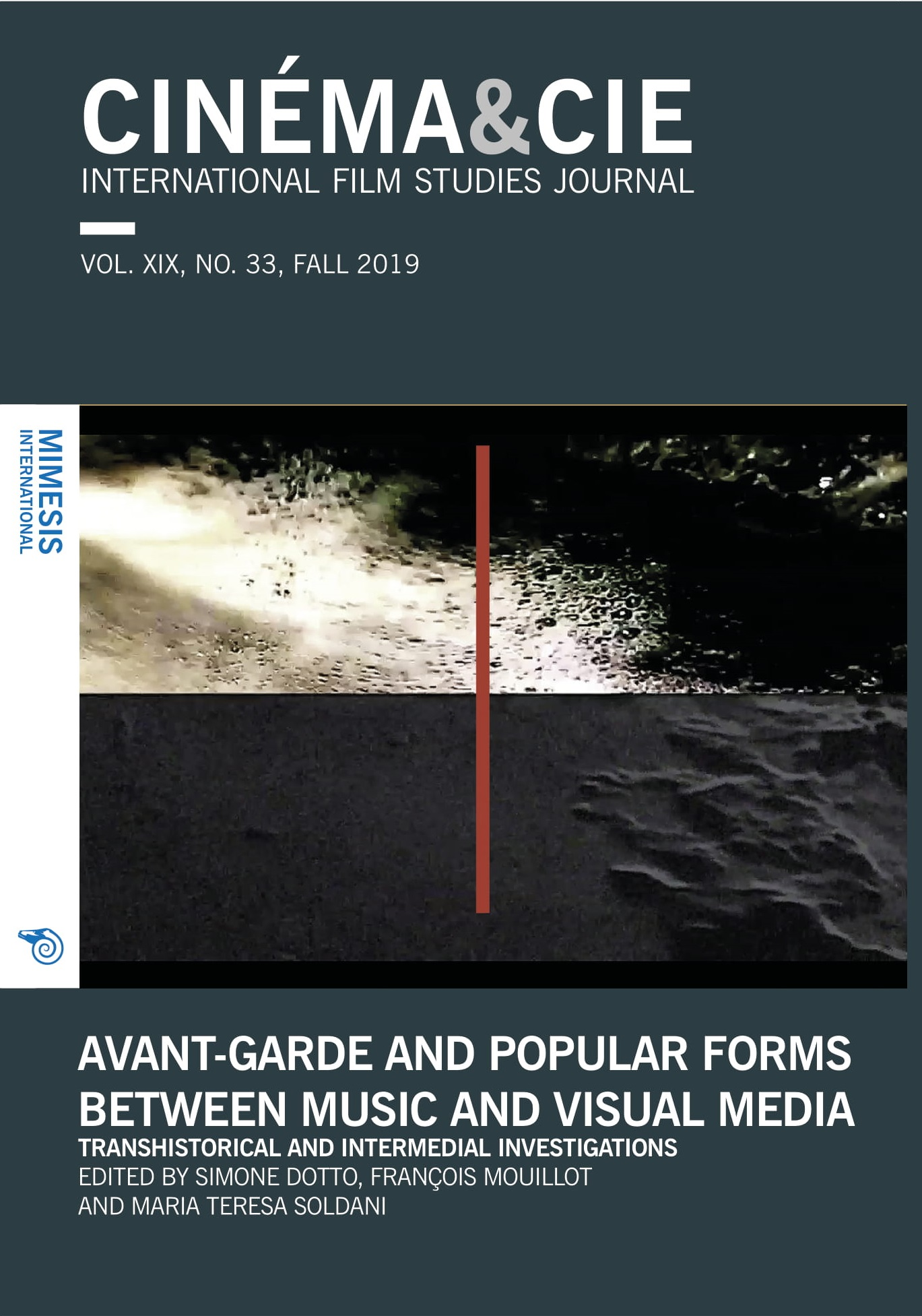Tuning into the Radio in Experimental Films from India
Abstract
In India, the nexus between the film, music and radio industry ensured that every film included several songs, which in turn were broadcast on the radio. By aligning their commercial interests, the broadcast media endorsed each other and propagated the same content. Kamal Swaroop’s Om Dar B Dar (1985) and Vipin Vijay’s Hawa Mahal (2003) subversively employed this repetitive audio- visual excess produced by the mass-media industries to trace the impact of economic liberalisation and the uneasy transition of India into a capitalist society. In both films, the radio is used as a metonym to critique the aural experience in broadcast media. Whereas commercial cinema emphasises the visual, in these experimental films the acousmatic nature of the radio (as an unseen sound) helps to concentrate the focus on the auralscape. By inverting the conventions of commercial cinema and exploring different permutations, Swaroop and Vijay disrupt any possibility of synchrony between the audio and the visual track. This article intends to listen for the ways in which both films upend the hierarchies that plague film sound, allowing instead for a reduced mode of listening as theorised by Pierre Schaeffer and Michel Chion.
Downloads
Published
How to Cite
Issue
Section
License
Copyright (c) 2021 Cinéma&Cie. Film and Media Studies Journal

This work is licensed under a Creative Commons Attribution 4.0 International License.





